When Assessing the Abdomen Which Assessment Technique Is Used Last
Abnormalities detected on inspection provide clues to intra. Palpate the painful areas last.

How To Palpate The Abdomen During An Abdominal Exam Medmastery
Assessing your patients abdomen can provide critical information about his internal organs.

. Inspection auscultation percussion and palpation. Auscultate over at least two positions on the abdomen to assess bowel sounds. The nurse is planning to assess the abdomen of an adult male client.
The abdomen is visualized to determine its size contour symmetry and the presence of any lesions. The examiner should first observe the anxious patient and have him or her calm down enough to assess any evidence of tenderness prior to initiation of auscultation and palpation. SUMMARY OF ASSESSMENT TECHNIQUES FOR ABDOMINAL ASSESSMENT INSPECTION Instruct client to void prior the start of procedure.
Inspection consists of visual examination of the abdomen with note made of the shape of the abdomen skin abnormalities abdominal masses and the movement of the abdominal wall with respiration. Voluntary tightening - fear or nervousness. Always ask the patient if they have any areas of pain before you begin palpation.
AThe left lower quadrant is palpated last. Typically associated with bowel obstruction. The diaphragm of the stethoscope should be placed on the right side of the umbilicus to listen to the bowel sounds and their rate should be calculated after listening for at least two minutes.
When assessing the abdomen the nurse performs inspection first followed by auscultation percussion andor palpation. Also you can use palpation to assess for tenderness. It is performed by having the patient or a colleague push their hands down on the midline of the abdomen.
Typically described as gurgling listen to an example in our video demonstration Tinkling bowel sounds. Always follow this sequence. He denies seeing blood in his stool.
Use the dorsal surface of the hand because the skin is thinner there than on the palms. In medicine the fluid wave test or fluid thrill test is a test for ascites free fluid in the abdominal cavity. When assessing the abdomen which assessment technique is used last.
Before the nurse begins the assessment the nurse should. Auscultation follows assessment because percussion and palpation can alter the frequency and intensity of bowel sounds. As previously mentioned the abdomen is also inspected to determine the presence of any pulsations that could indicate the possible presence of an abdominal aortic aneurysm.
In addition if the patient is complaining of pain leaving the palpation until last allows the examiner to gather other data before potentially causing the patient more discomfort. The last step of the abdominal examination is auscultation with a stethoscope. When assessing this clients abdomen what assessment technique would the nurse perform last.
A document the presence of hepatomegaly. Deep Palpation - 2-handed technique - hand moves with expiration and rests with inspiration 4 cm a. The difference is based on the fact that physical handling of peritoneal contents may alter the frequency of bowel sounds.
B ask additional history questions regarding his alcohol intake. A full bladder will make the examination uncomfortable and can reduce the accuracy of the fundal height measurement. Palpate areas of tenderness last.
BThis area should be avoided completely. With abdominal assessment you inspect first then auscultate percuss and palpate. The physician gains information by inspecting auscultating palpating and percussing the abdomen.
What is the best technique to use to best assess skin temperature. Abdominal examination is ideally performed with the patient in the supine position. The nurse is assessing a patients skin during an office visit.
Vertical Liver Span at Midclavicular Line This is done to evaluate liver size and assess for hepatomegaly. Changing the order of these assessment techniques could alter the frequency of bowel sounds and make your findings less accurate. A 45-year-old man is in the clinic for a physical examination.
When palpating the abdomen begin with light palpation. The sequence of techniques usedto assess the abdomen is inspection auscultation percussion and palpationPercussion and palpation stimulate bowel sounds and thus are done after auscultation of theabdomen. Auscultation of the Abdomen.
Percussion Technique Stand on Right Middle finger of non-percussing hand firmly against abdomen Using floppy wrist action hammer middle finger of other hand down aiming for last joint Percuss all 4 quadrants normal s mix of dull and tympanitic. After examining a patients nose and sinuses the nurse should examine which structure. DMedicate for pain before beginning the assessment.
A nurse observes striae on the abdomen of a middle agedfemale client during the examination of the abdomen. Use the fingertips because they are more sensitive to small changes in skin temperature. A 57-year-old male client is admitted to the medical unit with a 3-day history of sharp nonradiating epigastric pain and vomiting.
CEncourage the client to relax to minimize pain. A The left lower quadrant is palpated last. This order is different from the rest of the body systems for which you inspect then percuss palpate and auscultate.
Palpation of the abdomen is used to evaluate the size and location of abdominal organs. During the abdominal assessment the nurse percusses the abdomen and notices an area of dullness above the right costal margin of about 10 cm. Abdominal auscultation Assess bowel sounds.
Palpation is the last step in abdominal assessment. Auscultation is done before palpation and percussion because palpation and percussion cause movement or stimulation of the bowel which can increase bowel motility and thus heighten bowel sounds creating false results. When completing the physical examination it is helpful to divide the abdomen into regions in order to.
A Inspection B Auscultation C Percussion D Palpation Ans. Masses neoplasms cysts aneurysms feces in bowel b. Assessment of the Abdomen.
Involuntary rigidity - inflammation of the peritoneum. Besides how do you assess ascites. Inspection Auscultation Palpation and Percussion of the Abdomen - Clinical Methods - NCBI Bookshelf.
The correct order for abdominal assessment is inspection auscultation percussion palpation.

Abdominal Assessment Ppt Video Online Download

Abdominal Examination Inspection Auscultation Palpation And Percussion Youtube

How To Perform Percussion Of The Abdomen Medmastery

Gastrointestinal Exam Percussion Of The Abdomen Youtube

Abdominal Examination Exam Nursing Assessment Bowel Vascular Sounds Palpation Inspection Youtube
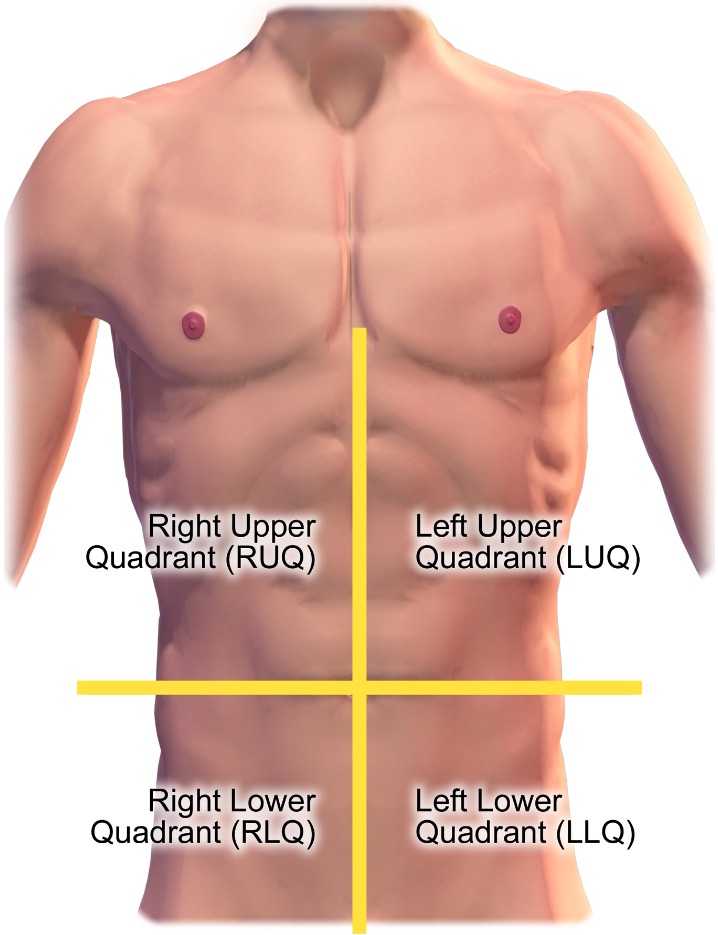
Abdominal Examination Concise Medical Knowledge

Assessment Techniques Nurse Key
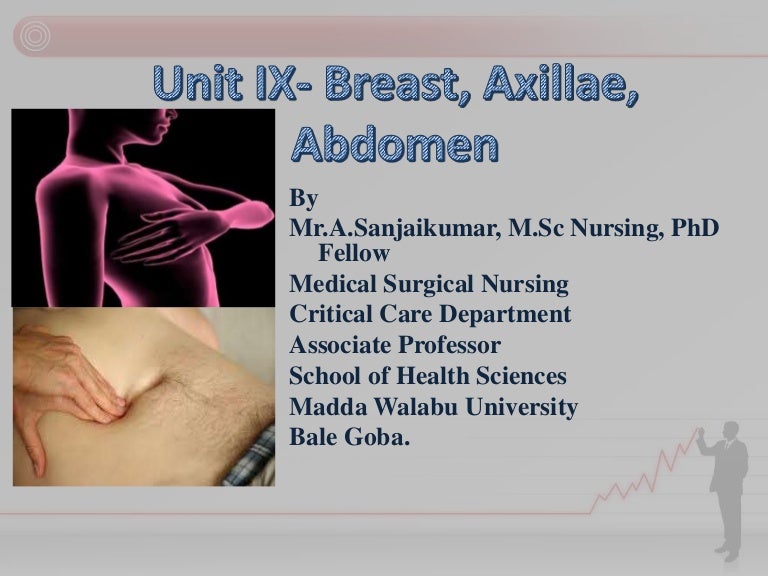
Breast Axillae Abdomen Examination

9 Tips For Performing A Nursing Health Assessment On The Gastrointestinal System Nursecepts Human Digestive System Gastrointestinal System Digestive System Anatomy

9 Tips For Performing A Nursing Health Assessment On The Gastrointestinal System Nursecepts

9 Tips For Performing A Nursing Health Assessment On The Gastrointestinal System Nursecepts

Nursing Ms Nr509 Nr 509 Mid Term Exam Updated 2020 Already Graded A Nursing Physical Assessment Nurse Exam

2 7 Assessment Of The Abdomen Medicine Libretexts
The First Techniques Used In Examining The Abdomen Of A Client Is Health Careers Institute Pvt Ltd
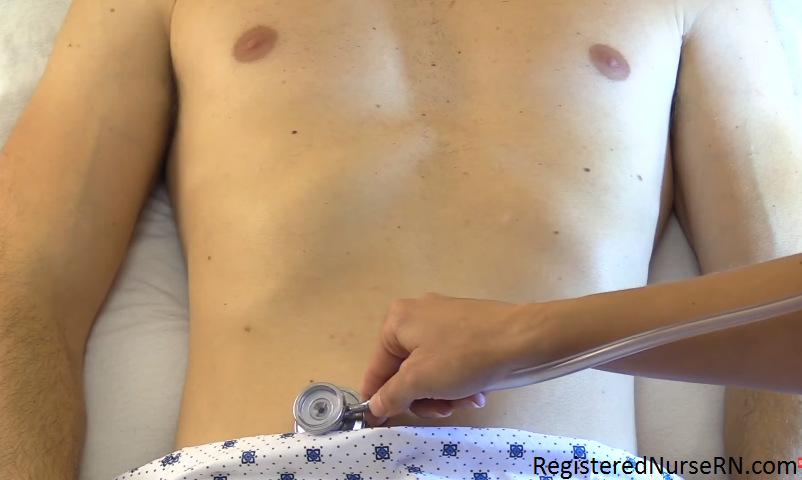


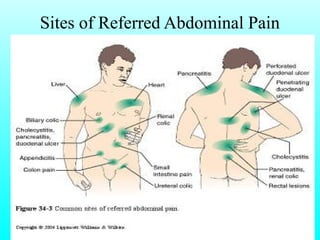
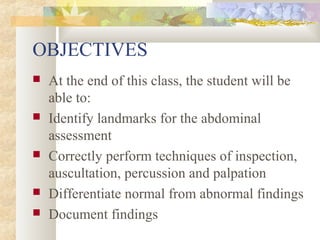
Comments
Post a Comment